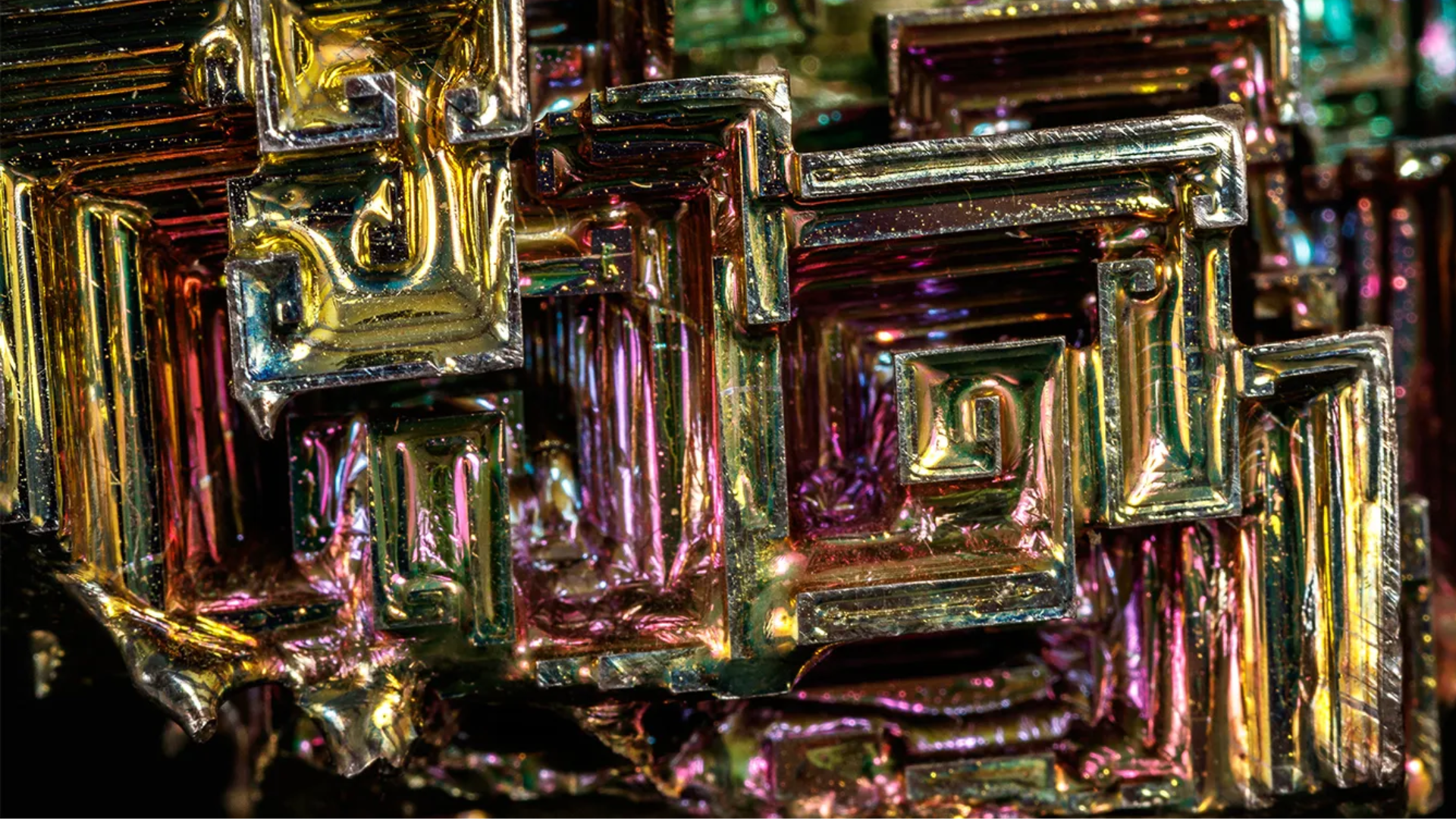Bismuth is a chemical element with symbol Bi and atomic number 83. It is a white, crystalline, brittle metal when freshly produced and it often presents a pinkish tinge in the air. Bismuth is the most diamagnetic element, and its thermal conductivity is lower than that of any metal except mercury. Bismuth metal is primarily used in the manufacture of low-melting solders and fusible alloys.
PRODUCT LIST
{{ total }} products / show
Products by Page
{{ total }} products / show
Products by Page
Description of Bismuth Powder
Bismuth powder is a finely divided, metallic powder with a silvery-white color and a subtle pinkish hue. It is produced by grinding or atomizing bismuth, which is an element with the atomic number 83, occurring in nature. Bismuth powder has a unique combination of physical and chemical properties that make it extremely useful in a wide array of industries. This comes, normally, in different sizes of particles for specific applications and further processing or alloying into more specialized uses.
Properties of Bismuth Powder
|
Property
|
Details
|
|
Chemical Symbol
|
Bi
|
|
Atomic Number
|
83
|
|
Appearance
|
Silvery-white with a slight pink tint
|
|
Density
|
9.78 g/cm³ (high density)
|
|
Melting Point
|
271°C (520°F)
|
|
Boiling Point
|
1,564°C (2,847°F)
|
|
Electrical Conductivity
|
Low (bismuth is a poor conductor of electricity)
|
|
Thermal Conductivity
|
Low (among the lowest of all metals)
|
|
Magnetic Properties
|
Diamagnetic (repels magnetic fields)
|
|
Toxicity
|
Low (bismuth is one of the least toxic heavy metals)
|
|
Reactivity
|
Chemically stable and non-reactive under normal conditions, but can oxidize over time
|
|
Crystallography
|
Rhombohedral crystal structure
|
Applications of Bismuth Powder
- Alloys: The biggest usage of bismuth powder is in the manufacture of low-melting alloys applied to safety devices, fuses, fire sprinklers, and others, and also soldering materials that need very low melting points.
- Pharmaceuticals: Its compounds, derived from bismuth powder, find their way into medicines like Pepto-Bismol used to treat stomach and intestinal disorders. Since bismuth is a low-toxicity metal, it is one of the safe components for pharmaceuticals.
- Cosmetics: Few cosmetic formulations use bismuth powder, specifically in face powders, foundation makeup, and eye shadows due to its glistening soft finish and low toxicity.
- Radiation Shielding: Owing to its high density, bismuth powder applies to the radiation shielding material for protection against X-rays or other radiations in medical and industrial settings.
- Electronics: This diamagnetic property of bismuth powder contributes to its usefulness in special electronic applications. This metal is used in the manufacture of particular components in electronic goods that are very resistant to magnetic fields.
- Additive Manufacturing: The bismuth powder can be used in 3D printing to achieve parts with some properties; for example, parts having low melting points and at the same time high density.
- Fishing Weights and Ammunition: Since bismuth powder has almost the same density as lead but less toxicity, it is applied in green fishing sinkers and non-toxic shots for hunting ammunition.
- Catalysts: Bismuth powder is used as a catalyst in some chemical processes, particularly in those reactions where non-toxic materials are preferred.
- Bismuth powder has some very special properties that make it an extremely useful material in a wide variety of industries. Low toxicity, associated with specific physical properties, has made it a versatile and much safer substitute for other heavy metals in such industries as healthcare, cosmetics, electronics, and manufacturing.




